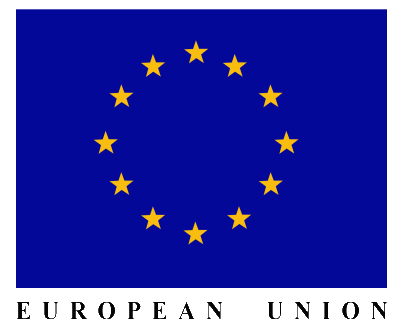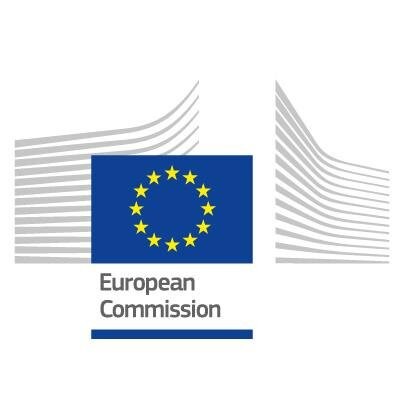EU action on climate European Commission
Post on: 16 Март, 2015 No Comment

Preventing dangerous climate change is a strategic priority for the European Union. Europe is working hard to cut its greenhouse gas emissions substantially while encouraging other nations and regions to do likewise.
In parallel, the European Commission and a number of Member States have developed adaptation strategies to help strengthen Europe’s resilience to the inevitable impacts of climate change.
Reining in climate change carries a cost, but doing nothing would be far more expensive in the long run. Moreover, investing in green technologies that cut emissions will also boost the economy, create jobs and strengthen Europe’s competitiveness .
Preventing dangerous climate change
To prevent the most severe impacts of climate change, the international community has agreed that global warming should be kept below 2C compared to the temperature in pre-industrial times. That means a temperature increase of no more than around 1.2C above today’s level.
To stay within this ceiling, the scientific evidence shows that the world must stop the growth in global greenhouse gas emissions by 2020 at the latest, reduce them by at least half of 1990 levels by the middle of this century and continue cutting them thereafter.
Targets up to 2050
EU leaders have committed to transforming Europe into a highly energy-efficient, low carbon economy. The EU has set itself targets for reducing its greenhouse gas emissions progressively up to 2050 and is working successfully towards meeting them.
Under the Kyoto Protocol, the 15 countries that were EU members before 2004 (‘EU-15′) committed to reducing their collective emissions to 8% below 1990 levels by the years 2008-2012. The latest emissions monitoring and projections show that the EU-15 is on track to over-achieve this target. Most Member States that have joined the EU since 2004 also have Kyoto reduction targets of 6% or 8% (5% in Croatia’s case) which they are also on course to achieve.
For 2020. the EU has committed to cutting its emissions to 20% below 1990 levels. This commitment is one of the headline targets of the Europe 2020 growth strategy and is being implemented through a package of binding legislation. The EU has offered to increase its emissions reduction to 30% by 2020 if other major emitting countries in the developed and developing worlds commit to undertake their fair share of a global emissions reduction effort.
In the climate and energy policy framework for 2030 , the European Commission proposes that the EU set itself a target of reducing emissions to 40% below 1990 levels by 2030.
For 2050. EU leaders have endorsed the objective of reducing Europe’s greenhouse gas emissions by 80-95% compared to 1990 levels as part of efforts by developed countries as a group to reduce their emissions by a similar degree. The European Commission has published a roadmap for building the low-carbon European economy that this will require.
Taking the initiative
EU initiatives to reduce greenhouse gas emissions include:

- The EU Emissions Trading System. which has become the EU’s key tool for reducing greenhouse gas emissions from industry most cost-effectively;
- Adopting legislation to raise the share of energy consumption produced by renewable energy sources, such as wind, solar and biomass, to 20% by 2020;
- Setting a target to increase Europe’s energy efficiency by 20% by 2020 by improving the energy efficiency of buildings and of a wide array of equipment and household appliances;
- Binding targets to reduce CO2 emissions from new cars and vans ;
- Supporting the development of carbon capture and storage (CCS) technologies to trap and store CO2 emitted by power stations and other major industrial installations;
- The European Climate Change Programme (ECCP). which has led to the implementation of dozens of new policies and measures.
Mainstreaming climate into other policies
The fight against climate change is increasingly being reflected in other policy areas. To further advance this mainstreaming process, the EU has agreed that at least 20% of its 960 billion budget for the 2014-2020 period should be spent on climate change-related action. This is on top of climate finance from individual EU Member States. This budget marks a major step forward in transforming Europe into a clean and competitive low-carbon economy.
The EU at the forefront of international efforts
The EU has long been a driving force in international negotiations on climate change and was instrumental in the development of the UN Framework Convention on Climate Change (UNFCCC) and the Kyoto Protocol.
Thanks to pressure from the EU and other progressive countries, UN negotiations are under way to draw up a new global climate agreement covering all countries to achieve greater cuts in global emissions over the rest of this decade. The aim is to keep global warming below 2C compared to the temperature that prevailed in pre-industrial times.
The new framework is to be finalised by 2015 and implemented from 2020. The EU is pressing for an agreement that is ambitious, comprehensive and legally binding. As part of the transition to the future global climate regime, the EU is taking part in a second phase of the Kyoto Protocol running from 2013 to 2020.
As the world’s leading donor of development aid, the EU also provides substantial funding to help developing countries tackle climate change. It gave just over 7.3 billion in fast start financing to developing countries over 2010-2012 and is continuing to provide climate finance every year.














